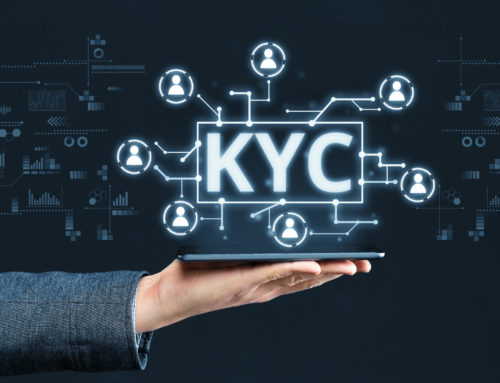Banking and payment frauds are not of one type. The fraudsters keep coming with new, unique, and innovative ideas to make them, and always coming up with different ways to do payments & consumer protection frauds.
Online payments are very agile and widely used now, while it was not widely adopted in the past decades. The online banking systems not only allows domestic payments but international payments as well, bringing a lot of ease and convenience to our life. At the same time, they are very secure because of algorithms and cybersecurity measures at the bank’s and payments side. However, there are still some security issues, and they are at the users’ end. There are major chances that you have heard of someone being mislead into a fraudster’s trap and lost a lot of money. It’s always good to be aware of this, so that the next person getting in their trap is not you. Read along to learn more about some ways to keep you safe from payment and banking frauds.
What are the most common types of banking frauds, and how can you stay safe from them?
1.Card cloning
It is the first and the most common type of payments & consumer protection fraud. Here the fraudsters will somehow get the information from your card. That card can be an ATM card or a Credit card. After they have the information, they can make an online payment.
So, to stay safe from these frauds, you need to follow these:
- Never post pictures of your Banking cards anywhere on the internet.
- You must not give the details of your card to anyone.
- Only use your banking cards at legitimate and credible stores and online shops.
Regularly check the card payment information so that a minor activity can make you block that card right away.
2.Phishing and spoofing websites
These are the links and websites that are also a very common type of payments & consumer protection fraud. Here you are tricked into getting free signup, or they ask you to verify your account. Getting these links is not very difficult as they can be in your emails, social media messages, or even some fake download button may get you there.
So, if you think that anything is fishy, you must contact the customer support of that website or platform from where you got that link before making any further move.
3.Email spoofing
Email spoofing is another common type of payments & consumer protection scams. Here you get an email that looks legit, but it is not legit. Either the person is the same, and the email is changed. Or the name is the same, and the email also looks the same. There will be a little change in the email that you can easily ignore and fall for their trap.
If you think that the email body looks good, then you need to know that they make it the same. So, if you get any of the emails from someone you know that asks you to open the attachment that came with the email, buy something, make a payment for them, or require any of your details, you do not need to follow the instructions. If you are not sure about it you can always contact the sender through another communication channel to either confirm the email is legitimate or make a warning about it.
This is because the files are mostly viruses that can get you in big trouble. At the same time you shouldn’t be providing your information again to sites thich already have it, so keep always alert about it.
4.Identity theft
As in the card cloning fraud technique for payments & consumer protection fraud, the fraudsters here clone your identity. This is called identity theft, and here the fraudsters will get all your personal information. The most common way of doing this is to contact you as some of your very close people.
You will receive some message or call from a person that you think you know. It is because their tone will be the same. Their numbers will also be the same. So, in his way, you will fall into their trap and provide your information. They will right away use that information and make the payments from your banking accounts.
The only way to stay safe from the identity theft type of payments & consumer protection frauds is to make sure that you know that person. The best way is to meet them personally. If that is not possible, then ask them to come on a video call, and you will know if they are legit or not. If they make any fishy excuses, then you will know that this is most probably a fraud.
5.Fake documents
Sometimes you may even get a physical mail with a document that looks legit. Before providing any of the information that they ask, you must make sure the following things:
- Were you expecting this to come?
- Can you visit the nearest branch and verify its legitimacy?
- In this way, you will stay safe.
6.Text scam
This is another common type of payments & consumer protection fraud that most people fall for. What happens here is that you get an SMS on your phone. The most common type of SMS are:
- You have won a prize that you did not even apply for.
- Asking you for some registration fees.
- Asking you for some fees and details to renew your subscription and many more.
Well, the fraudsters do not stop here as they can come with any innovative idea, and they will try their best to make you fall into their trap. So, to stay safe from this type of scams is to ignore these messages right away. Winning a prize will surely excite you, but how can you win something that you did not even apply for.
7.Call scam
Just like the SMS scam, the call scam payments & consumer protection fraud is the same strategy to get you trapped. However, in this type, they scale up their game and call you.
Not only this, but they tell you that they are from the organization, and somehow, they manage to have a lot of information about you to trick you. To stay safe from these calls, you need to ignore these calls, and blocking the number may be the best option.


